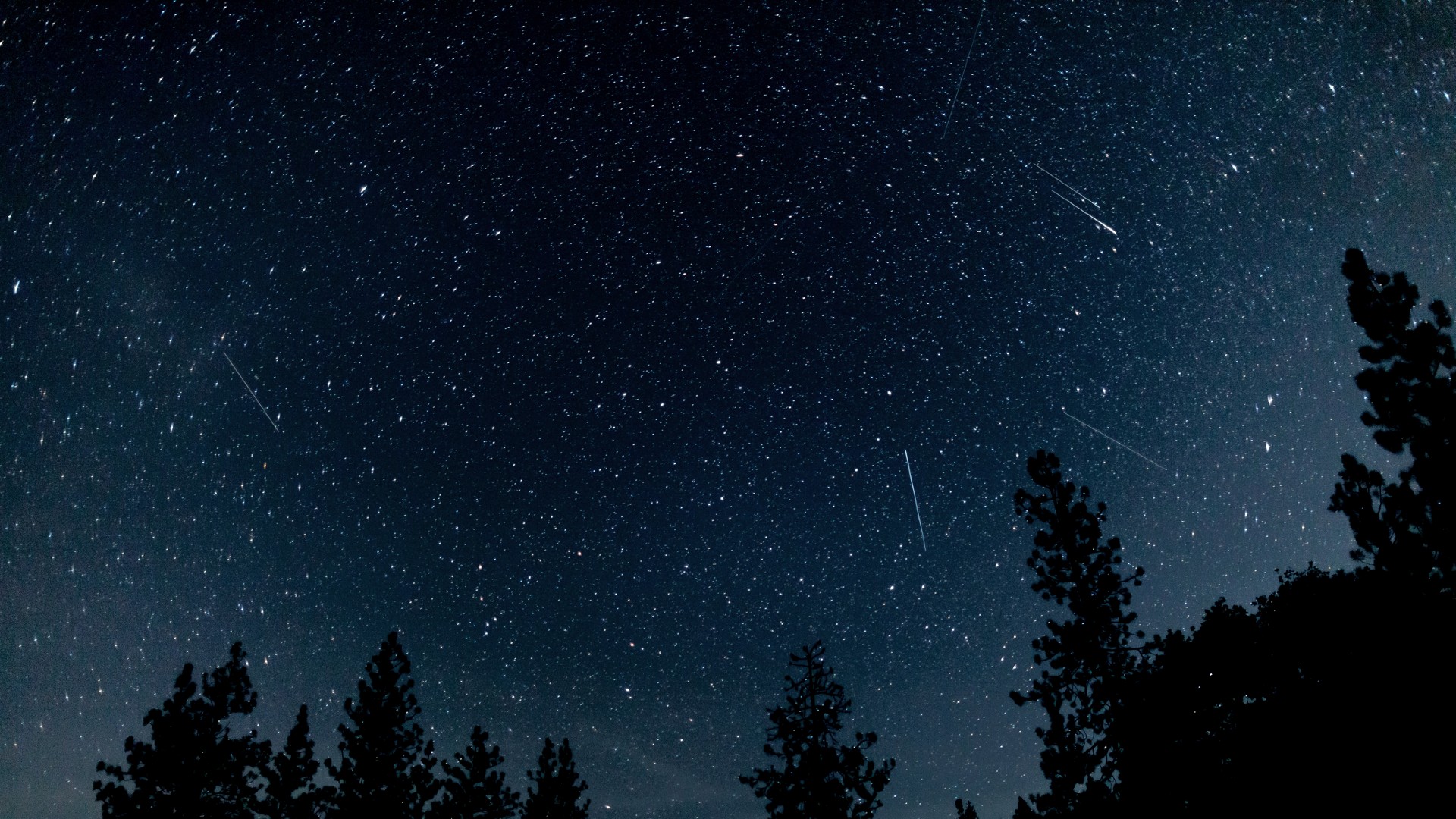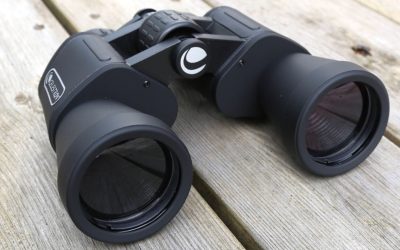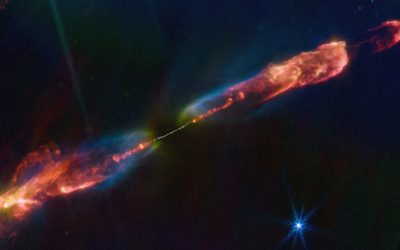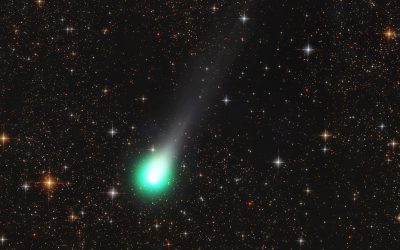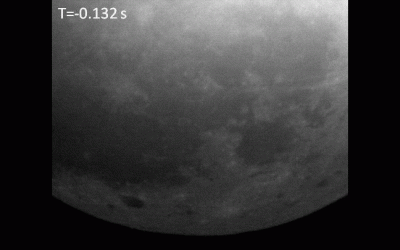Tonight, stargazers can anticipate the peak of the Orionid meteor shower, promising a spectacular natural light show. Observers are set to witness a flurry of shooting stars, spawned by the debris left behind by Halley’s Comet, brightening the exceptionally dark, moonless sky.
The 2025 Orionid meteor shower is set to reach its peak intensity overnight on October 20-21. During this period, observers may witness 10 to 20 dazzling meteors, commonly known as “shooting stars,” streaking dramatically across the night sky. These swift celestial streaks will appear to originate from a specific point, known as the “radiant,” located near the prominent red star Betelgeuse within the constellation Orion.
While the Orionid meteor shower typically boasts a peak night for optimal viewing, its dazzling ‘shooting stars’ illuminate the sky annually from October 2 to November 7. This celestial event unfolds as Earth navigates the debris trail left by the renowned comet 1P/Halley.
Throughout this period, minute fragments shed from the ancient comet streak into our planet’s atmosphere at astonishing velocities, reaching up to 41 miles (66 kilometers) per second. The intense friction generated upon atmospheric entry causes these particles to incinerate, producing a spectacular and brilliant display for stargazers.

For sky-watchers across the U.S., the pre-dawn hours of October 21 are shaping up as an optimal window to witness the Orionid meteor shower. During this time, the constellation Orion will be prominently positioned high above the southern horizon. Crucially, the shower’s peak coincides with the monthly new moon phase, ensuring a naturally dark sky free from lunar interference, thus providing an unobstructed view of the cosmic display.
For an optimal meteor shower viewing experience, pinpointing the perfect celestial location is key. Begin by utilizing a smartphone astronomy application to accurately locate Betelgeuse, the prominent red star. Once identified, pivot your focus approximately 40 degrees from Betelgeuse, directing your gaze towards your local zenith—the point directly overhead. As a practical guide for estimating this angular distance, remember that an outstretched fist, held at arm’s length, spans roughly 10 degrees across the night sky. This specific viewing window is critical, as it is precisely where meteor trails are anticipated to appear at their most extended.
For optimal stargazing, allow your eyes a crucial 20-30 minutes to fully adapt to the darkness. When illumination is necessary, utilize a red-spectrum light to prevent compromising your night vision. Given that we are now in astronomical autumn, observers are advised to dress warmly to counter cooler temperatures. Additionally, those venturing to remote dark-sky locations should, for safety, inform a trusted contact of their precise whereabouts.
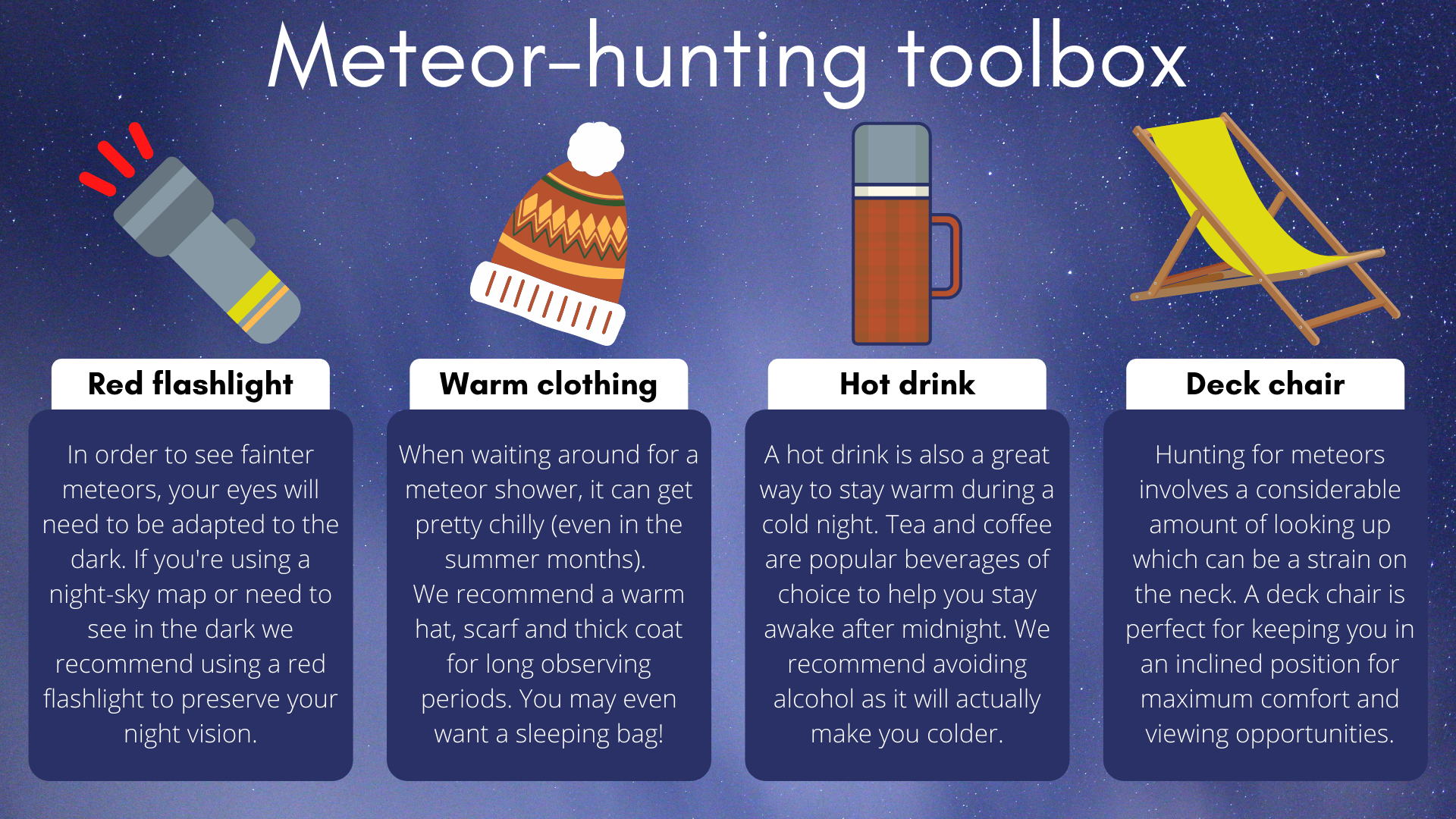
Skywatchers need not despair if initial viewing opportunities are hampered by clouds, as the Orionid meteor shower promises sustained activity even after its peak. Robert Lunsford of the American Meteor Society reassured observers that robust meteor displays will continue beyond the shower’s most intense period.
In an email to Space.com, Lunsford confirmed that the Orionids are expected to reach their peak between October 21 and 23. However, the celestial show extends well past this window. “Rates will fall very slowly after these dates,” Lunsford explained, adding that “the mornings of October 24-26 will still provide hourly rates in excess of 10 per hour when viewing from rural dark skies.”
He also noted a key shift for those observing later in the week: “the radiant will have moved eastward into western Gemini.” Therefore, viewers during these extended dates should anticipate meteors appearing to shoot from the constellation Gemini rather than their usual origin point in Orion.
Beyond the ongoing Orionid meteor shower, skygazers have additional cosmic activity to look forward to. Both the Northern and Southern Taurid meteor streams are currently active, offering the potential for spectacular fireball events. These brilliant, slow-moving meteors are particularly anticipated in the period leading up to their individual peaks, which are set for early November.
**Share Your Cosmic Captures with Space.com**
Space.com extends an open invitation to its dedicated readers: If you’ve captured the breathtaking beauty of the cosmos through your astrophotography, we encourage you to share your work for potential publication.
To submit your celestial images and have them showcased for our global audience, please email your photograph(s), along with any accompanying comments, your full name, and your geographic location, to spacephotos@space.com. We look forward to featuring your unique perspective of the universe.

